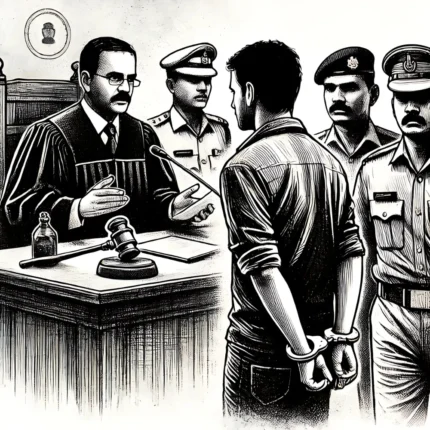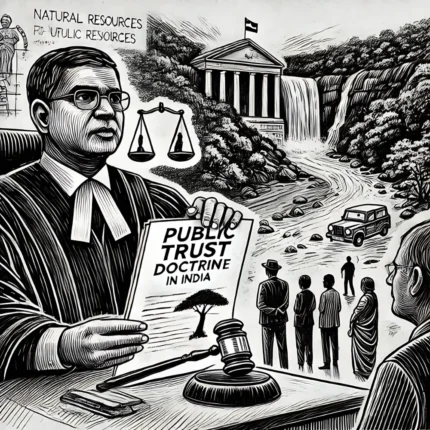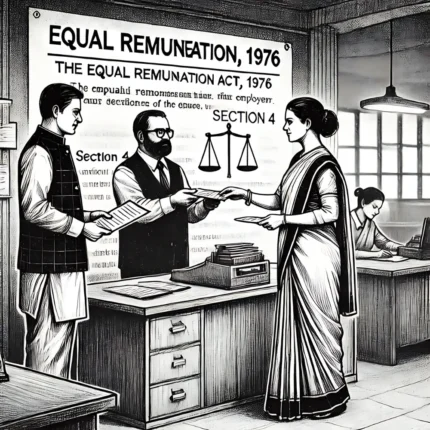Understanding Murder and Attempt to Murder Under Bharatiya Nyaya Sanhita
Overview
Murder, under the Bharatiya Nyaya Sanhita (BNS), refers to intentional homicide with premeditation or without lawful justification.
Understanding Murder Under BNS (Section 103)
Murder is defined under Section 103 of the BNS, with its attempts covered under Section 109. The punishment for murder is prescribed under Section 104, with exceptions based on circumstances such as self-defense or grave provocation.
-
Intentional Act: The offender must have a clear intent to cause death or grievous harm leading to death.
-
Premeditation: The crime involves planning, preparation, or deliberate execution.
-
Exceptions: Certain acts, such as in self-defense or under grave and sudden provocation, may reduce culpability.
-
Punishment: Section 104 of the BNS prescribes life imprisonment or the death penalty based on the severity of the crime.
To constitute the offence of murder under Section 103 of the Bharatiya Nyaya Sanhita (BNS), the following ingredients must be fulfilled:
1. Causing death: The individual must intend to cause death.
2. Doing an act: The individual must perform an act with the intention of causing bodily injury likely to result in death.
3. Knowledge of consequences: The individual must be aware that their act is likely to cause the death of another person.
Instances of murder:
If A intentionally strikes Z with a weapon, and the wound is sufficient to cause death in the ordinary course of nature, and Z dies as a result, A will be guilty of murder, even if A did not intend to kill Z.
Similarly, if A shoots Z with the intention of killing him, and Z dies as a result, A will be guilty of murder.
Exceptions to Murder:
The BNS recognizes five exceptions where culpable homicide does not amount to murder:
1. Sudden and Grave Provocation: If an offender causes harm to another person due to sudden and grave provocation, the act may be considered culpable homicide, not murder.
2. Exceeding the Right of Private Defence: If the accused exceeds their right to defend themselves or others from harm, leading to death, it may result in culpable homicide, not murder.
3. Culpable Homicide by a Public Servant: If a public servant commits culpable homicide while performing their duty and in good faith, believing the act to be lawful, it may not amount to murder.
4. Sudden Fight: A sudden, unplanned fight can result in culpable homicide, not murder.
5. Consent: If the person whose death is caused is over 18 years old and voluntarily consents to the act, it may be considered culpable homicide, not murder.
Attempt To Murder (Section 109)
Attempt to murder under Section 109 of BNS is treated with seriousness. While murder results in death, attempt to murder involves acts that fail to cause death.
According to Section 109 of BNS, individuals committing acts with knowledge or intention to cause death face imprisonment up to 10 years and fines.
If hurt is caused, punishment includes imprisonment for life.
Example: If Y shoots Z intending to kill, and Z survives, Y is guilty under Section 109. If Z dies, Y is guilty of murder.
Key Elements of Attempt to Murder:
1. Act with intent to kill: The accused must have intended to cause the victim’s death.
2. Act likely to cause death: The act committed must be likely to result in death.
3. Proof beyond a reasonable doubt: Prosecution must prove intent and likelihood of causing death.
Punishment For Murder:
- Section 103 of the BNS defines murder.
- Section 104 prescribes punishment: death, life imprisonment, or fine.
Death penalty (capital punishment):
- Reserved for rarest of rare cases.
- Courts have discretion to apply it only in exceptional circumstances.









Reviews
There are no reviews yet.